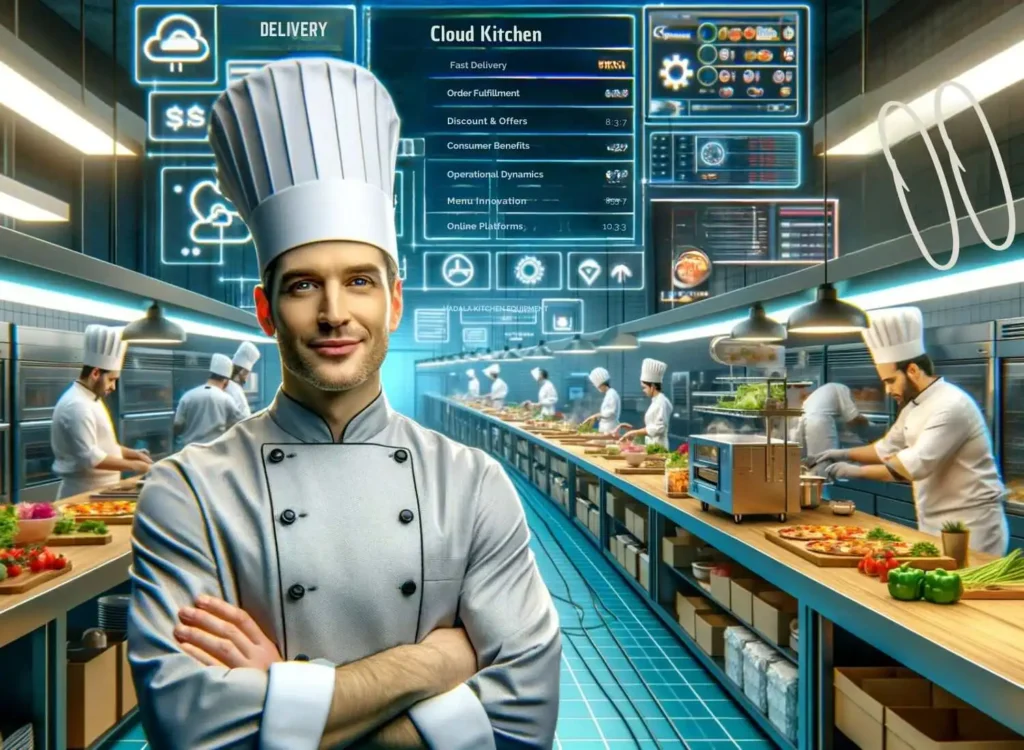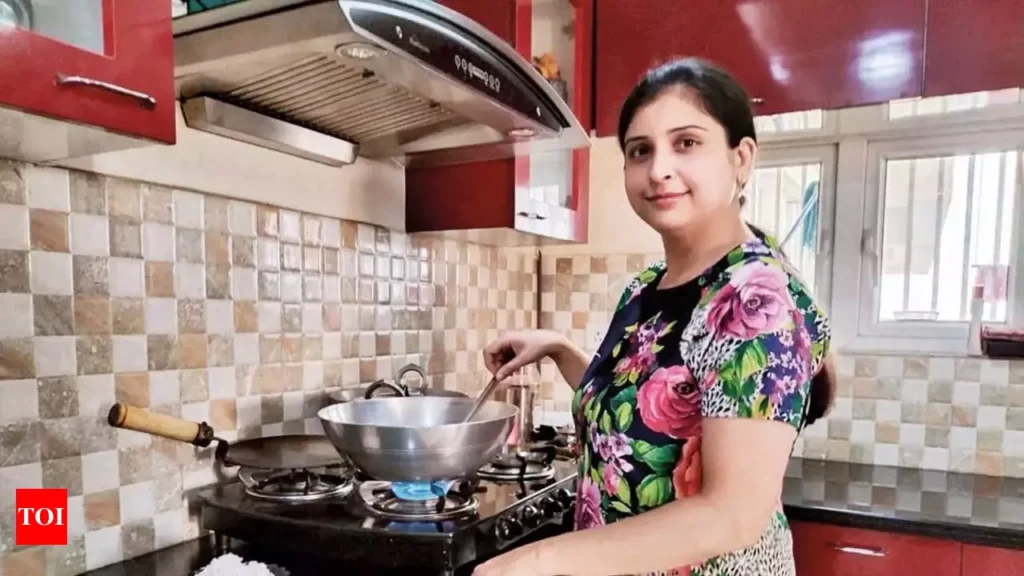Table of Contents
ToggleHow To Start Cloud kitchen

- Cloud kitchens house different restaurants in one space where they can simultaneously work or collaborate.
- Cloud kitchens receive orders and deliver their products to consumers online through third-party services.
- FoodDocs smart food safety solutions cover all food safety compliance needs of cloud kitchens.
Food delivery services have become increasingly popular in recent times, especially after the effects of the global pandemic in late 2019. The best example of innovations related to food deliveries is the rise of cloud kitchens. The cloud kitchen concept is not novel but has been improved since its launch in India in 2003.
Its popularity among business owners significantly comes from the concept’s lower overhead cost and very high returns. The global cloud kitchen market gathered around $57 billion in 2021 and $63.9 billion in 2022. The market growth is expected to increase further in the next years. With this much growth, it is not surprising to see cloud kitchens popping up everywhere.
In this article, we go into detail on what cloud kitchens are and how you can maintain food safety and profitability at the same time. The quick answer would be to use our digital HACCP plan builder and HACCP-based Food Safety Management System. Learn more below!
Here is a list of what is discussed in this blog post:
A cloud kitchen is a commercial cooking facility where different restaurant brands that are designed for delivery only can simultaneously work or collaborate. They are otherwise known as virtual kitchens, ghost kitchens, shadow kitchens, or dark kitchens. The cloud kitchen concept uses a commercial kitchen layout that allows cloud kitchen operators to prepare and deliver food without the need for a physical restaurant or dining space.

Here are some things to consider when starting a home-based cloud kitchen:
- Market research: Understand your customers and what they want.
- Financial planning: Determine how much money you’ll need and how you’ll get it.
- Equipment: Depending on the cuisine, you’ll need a stove, oven, refrigerator, knives, and other essential appliances.
- Food aggregators: You’ll need to work with food delivery apps like Zomato and Swiggy, which will link you with customers. These platforms offer different plans and schemes, and you’ll need to pay commissions per order.

